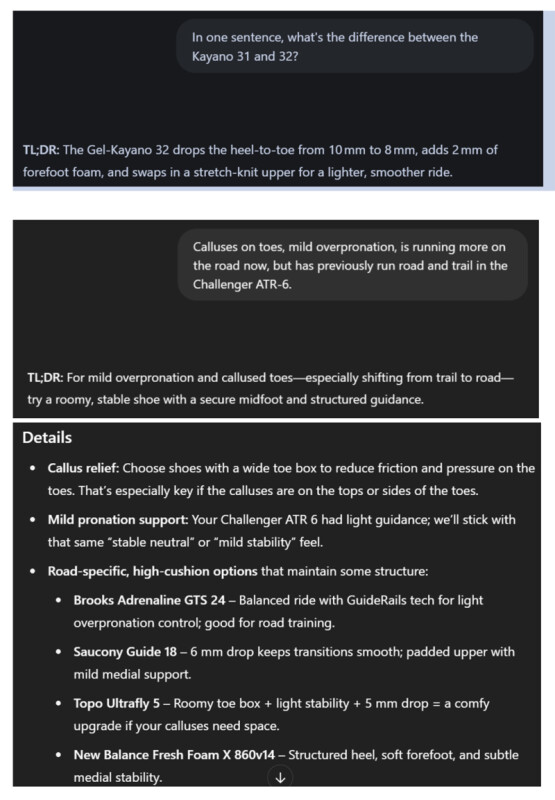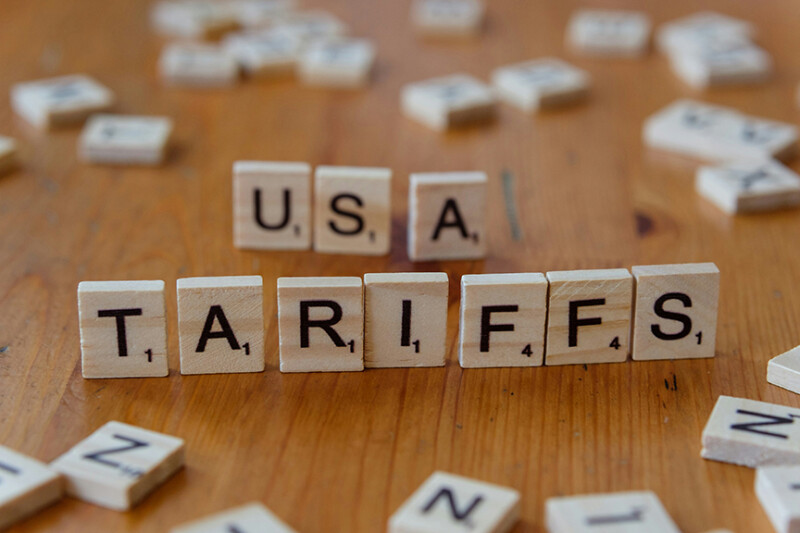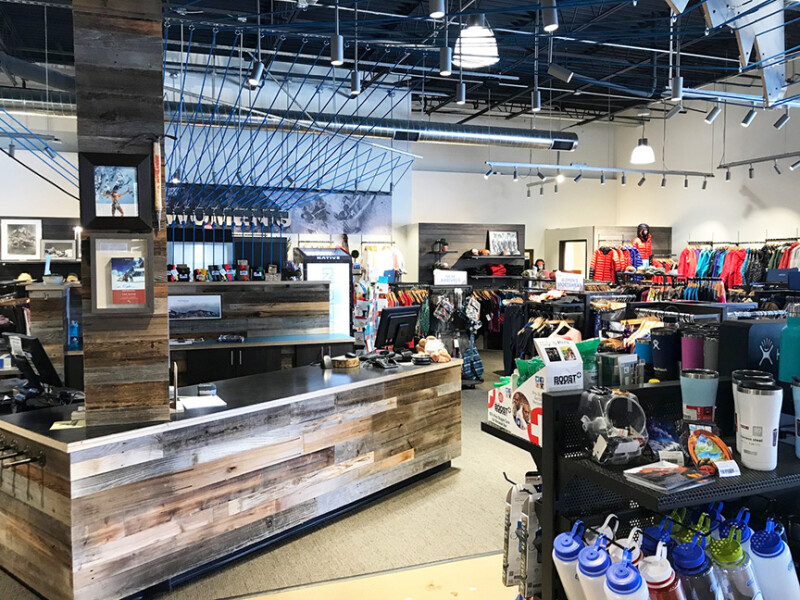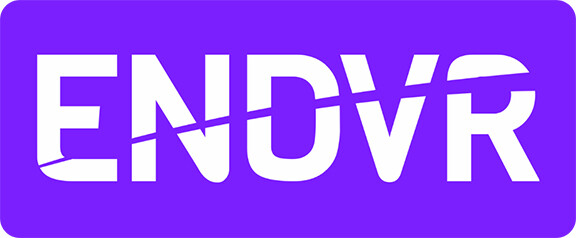If you are not planning for the price of intelligence to go to zero, the next 3-5 years are going to be incredibly disruptive to your business/life. — Logan Kilpatrick, Google AI Product Manager, 12/5/2024
Curious about generative AI in run specialty?
Join Run Tech Connect, a free Discord community where we share tools, ideas, and insights. To request access, email Steve at [email protected].
In 2016, Google DeepMind’s AI, AlphaGo, faced world champion Lee Sedol in the ancient board game Go, known for its simple rules and profound strategic depth. During the match, AlphaGo made “Move 37” — a bold, unconventional play never before seen in professional Go. It became the turning point in the match and a symbol of AI surpassing human expertise.
Today, a “Move 37 moment” refers to when we realize that AI has matched or exceeded our own capabilities in a domain where we are knowledgeable or even experts.
As someone responsible for store schedules, I believe the biggest pain point in running specialty retail is ensuring consistent daily staffing with a knowledgeable team. Over the past five years, our business has become significantly more complex, with an expanding array of footwear brands, models and accessories. And we must also now be adept at finding color options and determining the fastest way to get them to the consumer.
Yet, the “retail reality” – a workforce primarily made up of part-time employees (under 20 hours per week) – remains unchanged. The result is a growing knowledge gap that jeopardizes the customer experience.
In the midst of this ever-more complex retail environment, we find ourselves at an inflection point — the “Move 37” moment for running specialty has arrived. Generative AI gives us instant access to curated expert-level product details and use case knowledge. No longer do we need team members to become “walking tech sheets” or “amateur biomechanists.” Just as Move 37 demonstrated AI's ability to uncover strategies beyond human expertise, generative AI reveals a previously unattainable retail strategy: instantly available expertise for every team member.
What does this mean? Training new team members can now focus less on memorizing the answers and more on asking the right questions.
But let’s be honest. Integrating AI into your store's customer experience can be daunting, both in terms of committing to learning how to use these tools and overcoming the emotional barrier of feeling as though we are outsourcing one of the hallmarks of our industry: our expertise. Here are some hands-on strategies that can help you overcome both of these challenges and get you started on this journey.
- Ease Into Usage: Start with a user-friendly (and free!) platform like ChatGPT. Familiarize your team with the basics including using it as a search replacement (no more traditional Google searches please) and developing the deceptively challenging skill of learning what type of question to ask or instruction to provide.
- The Future is Voice: Embrace using your voice, not your fingers. Typing questions or instructions is not conducive to the speed of retail.
- Amplify, Not Replace: Make sure the team understands that this is not a replacement for experience or knowledge but a way to cover gaps in knowledge or present knowledge in a more impactful way.
- Embrace New Skills: Let’s say it again: We no longer need to know all the answers…We need how to ask the right questions.
Proof of Concept?
For the past four months, we've been using "Footwear Guru," a custom GPT within ChatGPT that was built using curated product and injury knowledge alongside our proprietary training curriculum and knowledge gained from decades of experience.
Footwear Guru does exactly what its name suggests: It provides retail-friendly answers to both common and complex floor questions, such as "What type of shoe is best for Plantar Fasciitis?" or "Comparison of models we carry in the Max Cushion category” or even “What has changed between the new XYZ model and its predecessor?”
Responses are lightning-fast, ideal for a busy retail environment. For new team members, it's like having a 10-year industry veteran on demand. Veteran team members also benefit by easily presenting complex details through clear tables, bullets or simple TL;DR responses that hammer home the main idea with a brevity of words. Here are two examples that show it in action.

Input required is brief (knowing how to state the question succinctly), output is retail friendly and, as demonstrated in the second example, focused on shoes we carry along with just enough detail to provide a brief “Why” for the rationale behind trying a particular shoe. There are, of course, many possible examples, these are meant to provide a flavor of how the tool works.
The "Move 37" moment for running specialty has arrived. While integrating generative AI into the customer experience will take practice, it can bridge the gap between customer expectations and retail reality. As the cost of knowledge approaches zero, it allows us to uncover solutions at the speed of voice, expedite our training and better equip our team, all with the goal of improving what we do best: helping people.






